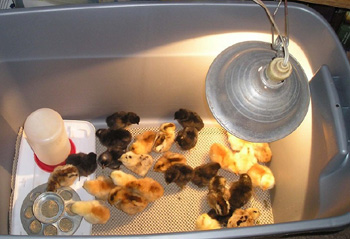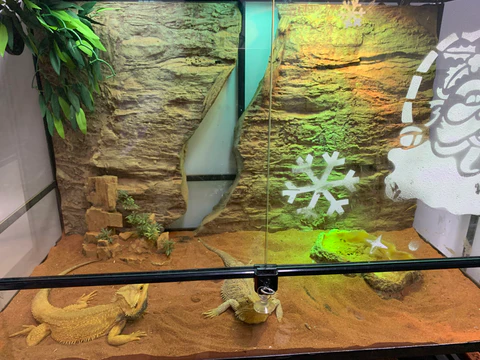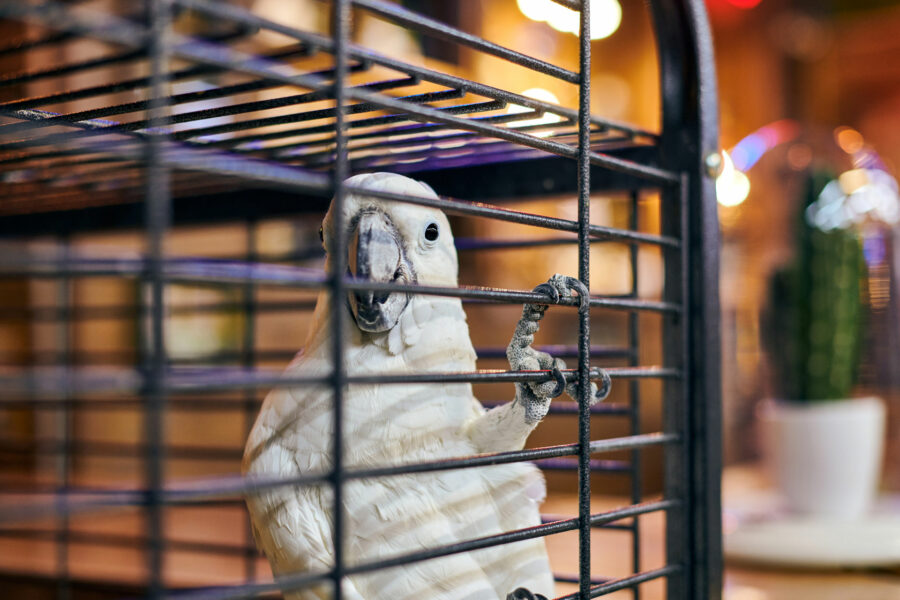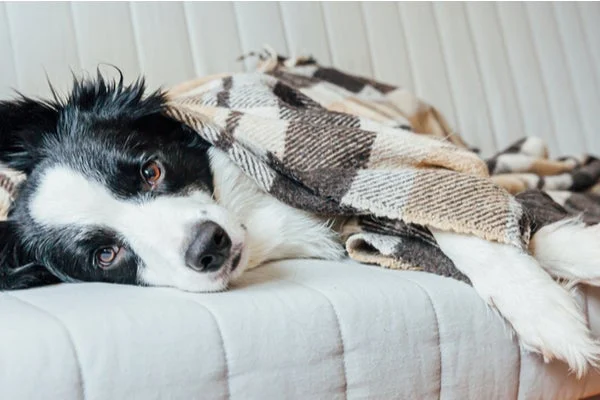Brooder Lamp Height and Temperature Guide by Chick Age

Week 1: High Heat, Lower Lamp
In the initial week of life of a chicken, the brooder is supposed to be maintained at approximately 95°F (35°C). This can be done by placing the heat lamp approximately 18 to 20 inches off the bedding, but this depends on the size of the brooder and the wattage of your bulb. Take the temperature at the level of a chick with the help of a thermometer directly under the brooder lamp. At this age, chicks will consume much time under the lamp. When they huddle close together, they are too cold; when they get out in the open, it is too hot. Proper animal care applies across species, whether ensuring dog mobility with supportive products or maintaining the right temperature inside a Reptile Enclosure for exotic pets
Week 2: Reduce the Temperature and Increase the Lamp
During the second week, cool off the brooder to approximately 90 deg F (32 deg C). In order to accomplish this, either raise the lamp by 2 to 3 inches or change to a lower wattage bulb. Keep on watching the actions of the chicks. They must be properly distributed in the brooder, here one lying under the lamp, and there searching. A good sign is this moderate conduct which is an indication that the temperature is not too high.
Week 3-6: Remission and Adjustment of the Lamp
Weeks 3 to 6, you will feel like lowering the temperature by 5°F (circa 2.5°C) per week. Go up to 85°F (29°C) by week 3, and to approximately 70°F (21°C) by week 6. Keep increasing the lamp or the bulb output to attain these temperatures. Chicks grow bigger and get feathers which enable them to withstand cool climates. You will also find that they are more active and they do not spend as much time around the source of heat. Just like poultry care requires careful monitoring, breeders of puppies may rely on quality Whelping Supplies, while reptile enthusiasts benefit from using Vertical Reptile Terrariums to create safe and suitable habitats.
At What Age should the Brooder Lamp be Turned off?
When chicks are properly feathered (typically 6 to 8 weeks of age, depending on breed), it is safe to expect that they will be able to withstand room temperature without having to be warmed. Now, with the ambient room temperature (say 65–70°F (18–21°C)), the heat lamp can be completely switched off. Never rush to change, particularly in an environment where you are brooding in a garage or in an outdoor shed where the temperature could be low at night. For poultry owners, finding reliable Pet supplies in Australia can help ensure chicks grow healthy and transition smoothly to ambient conditions.
Surveillance and Regulation Tips
All brooder environments are unique and though age-related guidelines can come in handy, the best way is to monitor your chicks. A thermometer should always be used at the level of the chicken and the behavior should be monitored. Excessive heating may cause dehydration and stress, whereas excessive cooling will cause chilling and retarded growth. Red heat lamps can be used to reduce aggression and pecking and a large brooder should be used where the chicks can flee when the heat is necessary.
Conclusion
Although much remains to be done, it is important to conclude by stating that we should start warm and adjust smartly.
Provision of appropriate temperature and at the appropriate time is critical in rearing healthy and stress-free chicks. Begin with a high temperature, and decrease the amount of heat every week by changing the height or strength of the lamp. Your thermometer and your chicks will be setting in the shortest time possible when you are keen on your thermometer and how your chicks conduct themselves.

Tags



